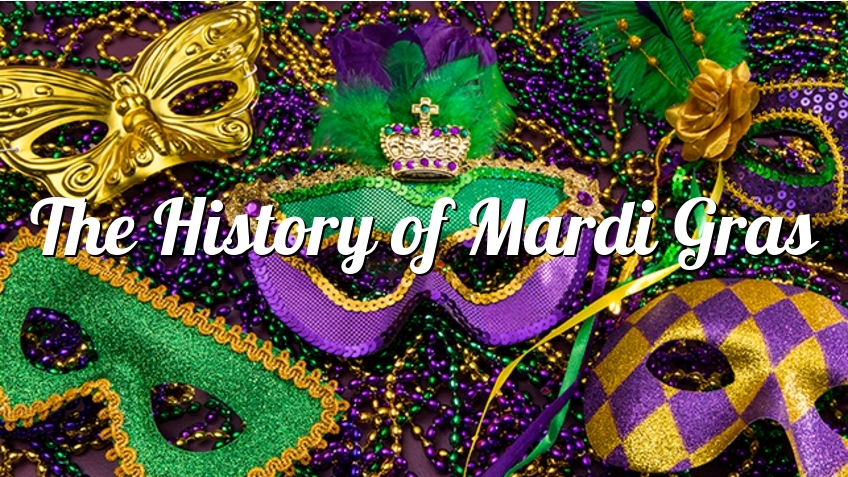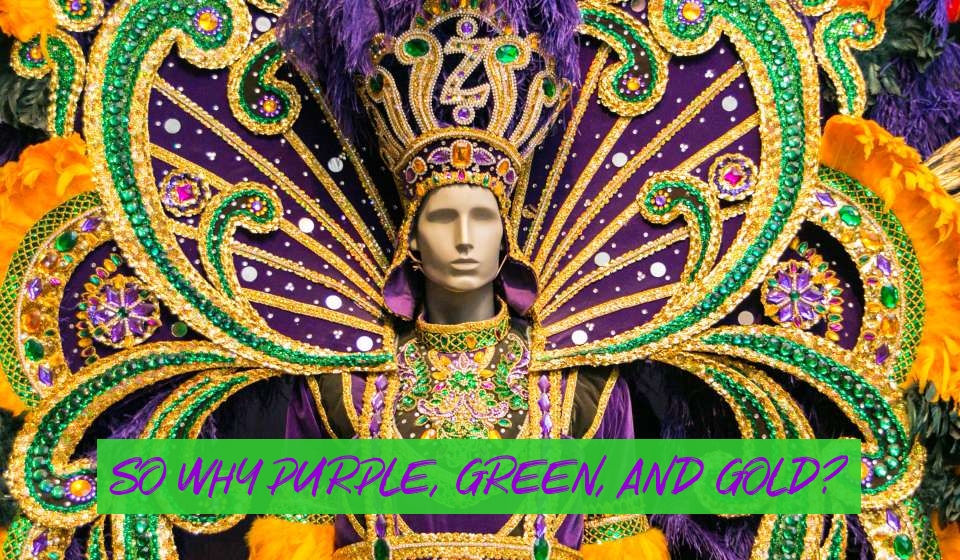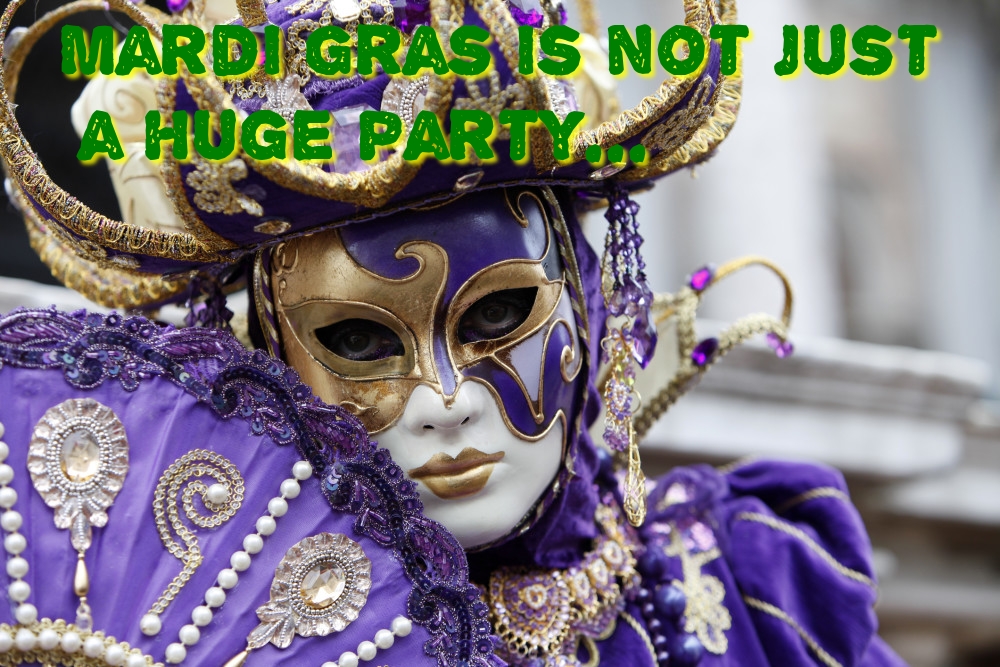
Everyone has heard about Mardi Gras before, but do you know where it originated from and how it came about? It’s not all about flashing and getting drunk and rowdy, that all started becoming a reoccurring happening in recent years. There’s actually quite an amazing history behind Mardi Gras.
Mardi Gras was started way back in the 17th century in medieval Europe, like Rome and Venice. On March 2, 1699, a French-Canadian explorer, Jean Baptiste Le Moyne Sieur de Bienville, arrived in Louisiana, about 60 miles south of New Orleans. He realized that it was the day before their festive holiday. He named that spot Pointe du Mardi Gras. A few short years later, in 1703, their settlement celebrated the United States’ first ever Mardi Gras.
New Orleans was also discovered and named by Bienville in 1718. By the time 1730 rolled around, Mardi Gras was an annual event to look forward to. The celebrations included feasts, dances, and parades where everyone was merry and ate the Creole Cuisine from that day. The parades were not nearly as elaborate as they are today. By the mid-1800s the Mardi Gras celebration was quite an affair with many offering horseback and carriage rides to celebrate and amazing gaslight torches lighting the way throughout the routes. Special artists and performers were also common, like the Mistick Krewe of Comus, which added magic and mystery to the floats and dances.
Around 1870 the newspapers began to announce the events of Mardi Gras ahead of time and even showed some of the much anticipated float designs. The photos at this time were very grainy and it was hard to see much detail, but as time passed the lithographs and chromolithographs became more detailed and the photos began to be a lot clearer, especially around 1886 during the Vision of Other Worlds parade. This allowed the newspapers to really capture and credit all the hard work done by the parade talents, like Carlotta Bonnecase who specialized in costume designs and Georges Soulie, who was responsible for all float designs and parade outfits for at least 40 years.

Did you ever wonder how the picked the official colors of Mardi Gras? That was established in 1872 when the Russian Grand Duke, Alexis Romanoff, was visiting. In order to honor him and his family, they adopted Romanoff’s family colors, green, gold, and purple, as the official colors of Mardi Gras. Do you know what they stand for? Green is for Faith, Gold is for Power, and Purple is for Justice. Also, the line “If Ever I Cease To Love” was a line from one the Duke’s fondest tunes, and was also added to the Mardi Gras anthem.
Prior to 1873 most floats were still being put together mainly in France and transported by ship to Louisiana for the festival, but from 1873 on, the floats were being constructed fully in New Orleans. And in 1875 Governor Warmoth signed the Mardi Gras Act, which basically made Fat Tuesday a legal holiday in Louisiana. It still is even today.
Love Christmas and wish it wasn’t over at just one day? Ever heard of New Orleans’ Twelfth Night holiday? Well, in New Orleans, Christmas keeps going until January 6th. This also marks the beginning of what is known as Carnival season and includes impromptu dances, rituals, and shows. This is also the perfect time to indulge in some amazingly delicious king cake. These are moist and delectable cakes that usually come the Mardi Gras colors (green, purple, and gold) and come in a wide variety of flavors, including cinnamon and vanilla. Some even include fruit and cream cheese toppings. Yum-Yum!
Even if you’re not able to be in New Orleans to celebrate at the time, many bakers in the area offer online ordering and delivery. Some even sell the cake all year long. There’s also a King Cake Festival and awards given out for the best King Cake. Last year the winner was Cannata’s King Cakes. They offer 60 different flavors including apple cinnamon pecan, tigerrrr gooey butter king cake, pistachio coconut Bavarian and more. Let’s just say your sweet tooth will have no problem staying satiated in New Orleans.

One thing to keep in mind is that Mardi Gras is not just a huge party with everyone stumbling around drunk and women baring their bosoms for beads. That’s just what the media wants you to think. If you want to stay away from that scene, avoid Bourbon Street after the parade. Many wonder if it’s safe or a good idea to bring kids to New Orleans for Mardi Gras. It’s been said that watching the shows and enjoying the markets, maybe even having a picnic in the French Quarter, during the daytime while you’re waiting for the parade, is probably the best time you can have with a family.
When it comes to the history of New Orleans, Louisiana, and the various holidays celebrated there throughout the year, this is just the tip of the iceberg. Louisiana is such a culture rich place, full of amazing historical sites and events.
If you do plan on visiting New Orleans for one of their big special events, like Twelfth Night or Mardi Gras, you will definitely want to take some time to research and plan your trip out well in advance. Mardi Gras is the biggest travel holidays for New Orleans, and the rooms till fill up fast. You can usually find out about the various parade routes and restroom locations, events, and many other helpful tips online.
There are also lots of sites that can help find good hotel deals for the dates you’re wanting to book. It’s important, to ensure your vacation goes without a hitch, that you put together a plan including the different sights you want to see during your trip, special restaurants you might want to visit, and other activities for your time there. If you do plan to visit for Mardi Gras, make sure to pack plenty of green, purple, and gold clothes, you’ll be expected to dress up for the occasion.
